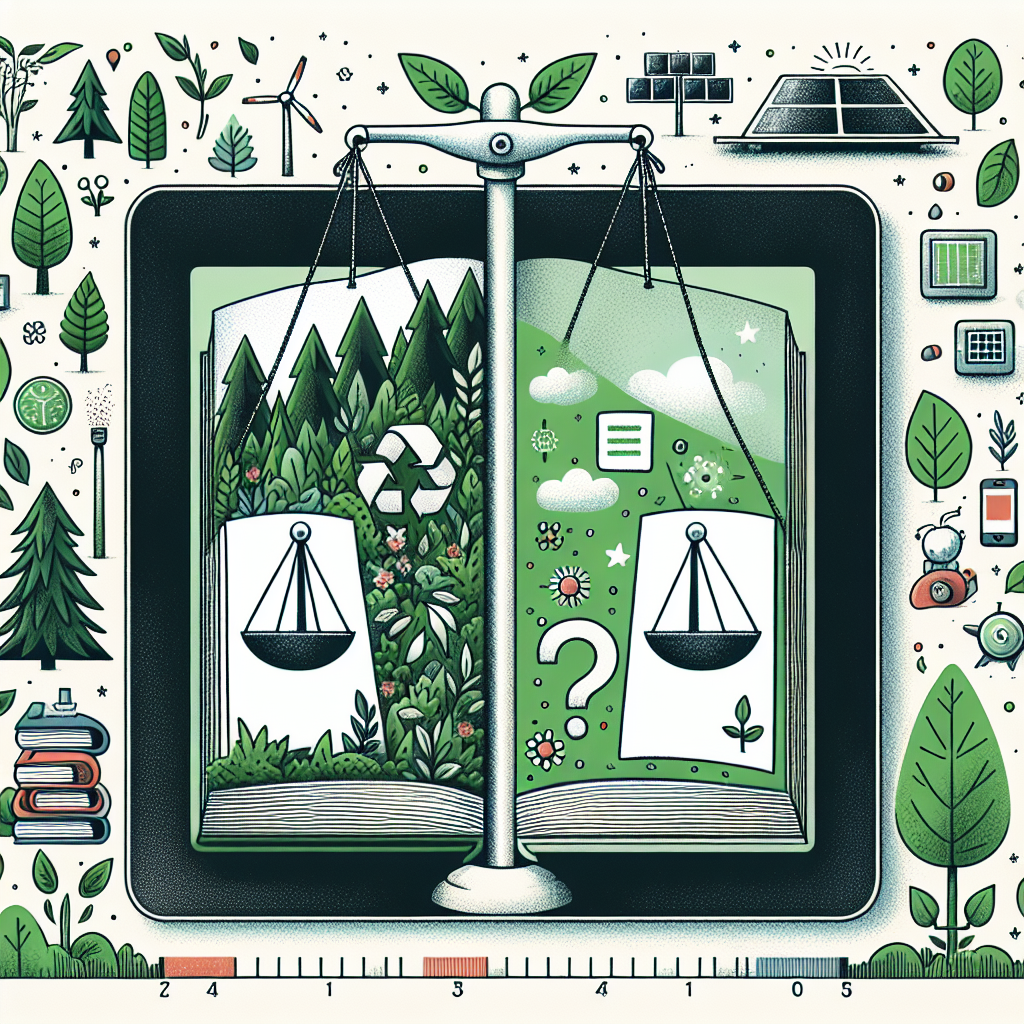With the rise of technology and digital devices, the debate between paperback books and e-books has become a hot topic. Many believe that e-books are the more environmentally friendly option, as they eliminate the need for paper and ink. However, the environmental impact of paperback books is not as straightforward as it may seem.
When considering the environmental impact of paperback books, it is important to look at the entire lifecycle of the product. While e-books do not require paper or ink, they do require electronic devices, which have their own environmental costs. The production, transportation, and disposal of electronic devices can contribute to pollution and waste.
On the other hand, the production of paper books also has its own environmental impacts. The process of harvesting trees, manufacturing paper, and printing books can result in deforestation, water pollution, and greenhouse gas emissions. Additionally, the transportation of books from the printing press to bookstores and ultimately to consumers can also contribute to carbon emissions.
However, there are ways to mitigate the environmental impact of paperback books. Many publishers are now using recycled paper and eco-friendly printing practices to reduce their carbon footprint. Some publishers also participate in tree planting initiatives to offset the environmental impact of their paper production.
In comparison, e-books have their own set of environmental challenges. The production of electronic devices requires the extraction of rare earth metals, which can have negative impacts on the environment and human health. Additionally, the energy consumption of e-readers and tablets can contribute to carbon emissions, especially if the devices are not charged using renewable energy sources.
Ultimately, the environmental impact of paperback books versus e-books depends on a variety of factors, including the production methods, transportation practices, and disposal options. While e-books may seem like the greener option at first glance, the reality is more nuanced. Both paperback books and e-books have their own environmental costs, and consumers should consider their own reading habits and preferences when making a decision.
In conclusion, the environmental impact of paperback books is a complex issue that requires careful consideration. While e-books may have some advantages in terms of paper and ink usage, they are not without their own environmental costs. Ultimately, consumers should weigh the environmental impacts of both options and make an informed decision based on their own values and priorities.


Leave a Reply